How to make your bike commuting faster.
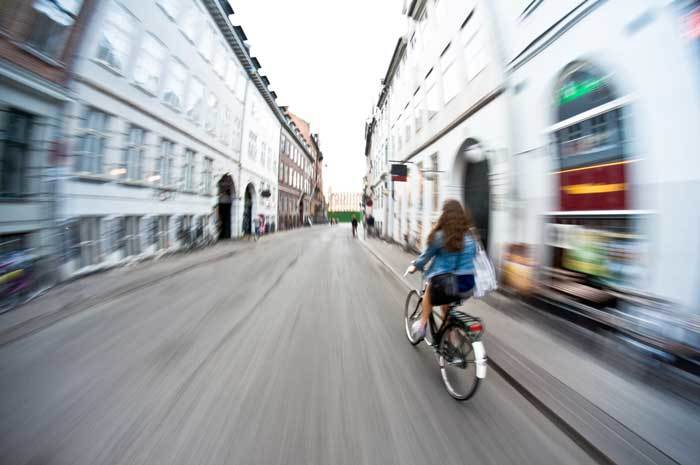
Commuting to work by bike is typically slower than driving since you’re relying on your legs to get your there rather than a high-powered engine.
But that doesn’t mean your commute has to be slow – there are a number of changes you can make to your bike, riding style, and route to increase your speed.
If you’re looking to make your bike commute faster, try out some of these tips and tricks.
Change Up Your Ride
The number one thing you can do to add speed to your daily ride is to take a hard look at your bike. Are you riding a steel commuter bike or a lightweight road bike or Electric or any others ?

While upgrading your ride may be a significant investment, it’s also a surefire way to boost your speed. Short of changing your entire bike, consider investing in a new set of lightweight road wheels outfitted with slick racing tires.
Just beware that these will be more likely to flat than the heavy puncture-resistant tires you may have been riding.
Pro Tip:
Another change you can make to your bike is to get it fitted to your body at the local bike shop. Having the right fit will increase your pedaling efficiency and make it more sustainable for you to push your legs hard over the entire ride.
Reduce Weight
The heavier you are, the slower you’ll accelerate and the more friction you’ll be fighting between your bike and the road.
While commuting itself is a great way to shed body weight, you can more easily cut weight by addressing everything else that’s on your bike.
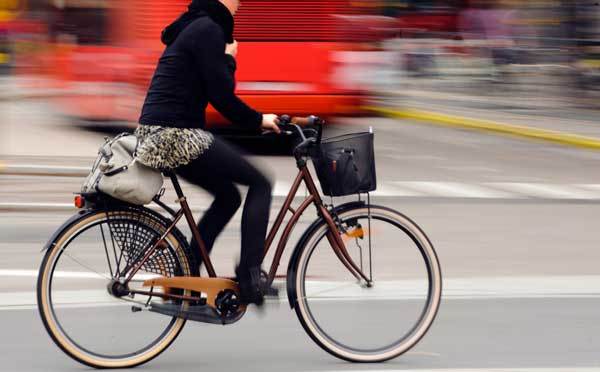
Are you carrying heavy, unnecessary items in your commuter bag or panniers?
Will you be okay with one water bottle or none at all?
Once you’ve taken a hard look at the things you’re carrying, you can also reduce weight by swapping out components on your bike – for example, by upgrading your wheels or pedals to lightweight racing models or by upgrading your seat, handlebars, and everything else you can afford to carbon.
Get Aero
One of the main factors limiting your speed is aerodynamics. To make matters worse, the faster you go, the worse the effects of air drag will be.
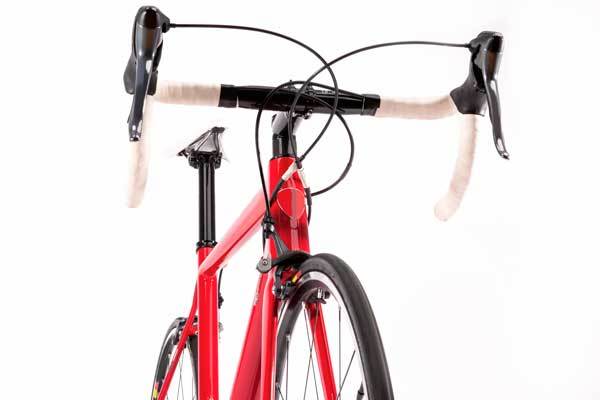
To counteract this, present as narrow a profile as possible on your bike. This could also mean tying down your stuff directly onto a rear rack so that it sits in the lee of your body rather than in panniers that hang off to the side.
For the best aerodynamic position, lower your body by holding on to the drop handlebars or add a set of aero bars to your bike.
You can also switch out your helmet for an aero road helmet that is specifically designed to reduce drag.
Maintain Your Bike
Part of keeping your bike performing at its fastest is maintaining it meticulously before each ride.
Make sure your tires are inflated to the maximum pressure noted on the sidewall and give your chain some fresh grease to minimize the friction in your drivetrain.

Also be sure to clean your bike after it gets dirty – that grit can make you less aerodynamic.
Pro Tip:
When it's raining out, be sure to add wet lubricant to your chain – typical dry lubricant will simply wash away, leaving you with an inefficient drivetrain and potential damage to your gear teeth.
Add in Intervals
While riding at a constant power output is the most efficient use of your muscles, it’s not necessarily the fastest if you are only riding a short distance.

Cut down your commute time by adding sets of speed intervals into your ride – for example, five repetitions of two-minute tempo intervals.
Note that adding intervals will only increase your overall speed if your rest periods remain at a moderate speed rather than turning to fully easy pedaling.
Ride Hard Down Hills
Yes, you’re tired after a long hill climb – but that’s the worst time to give yourself a rest.
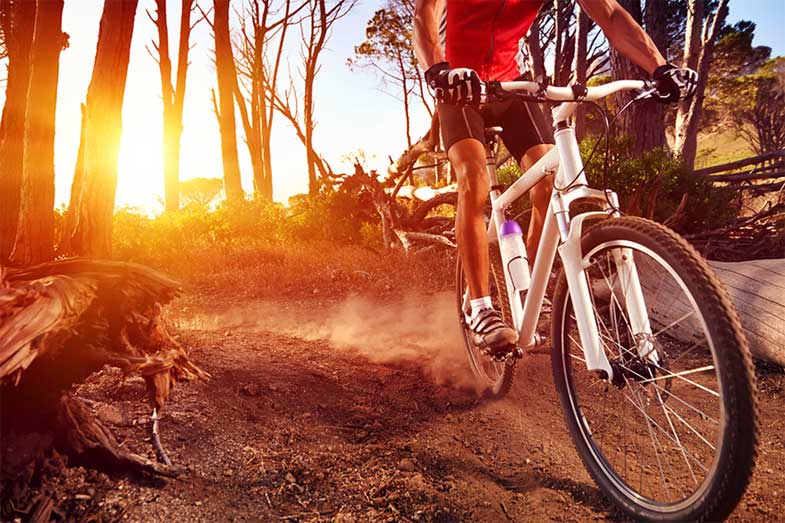
Throwing on your highest gear and pedaling at a high cadence down the other side of the hill is one of the best ways to cut your commute time since this is where you have an opportunity to cruise at 25+ mph.
Give yourself a rest once the road flattens out again by pedaling in an easy gear for a few minutes.
Draft
Another way to improve your aerodynamics – and thus your speed – is to draft behind another cyclist. If you have a partner on your commute, the person in the lead can pedal hard with the second person keeping to within a few feet or their rear wheel.
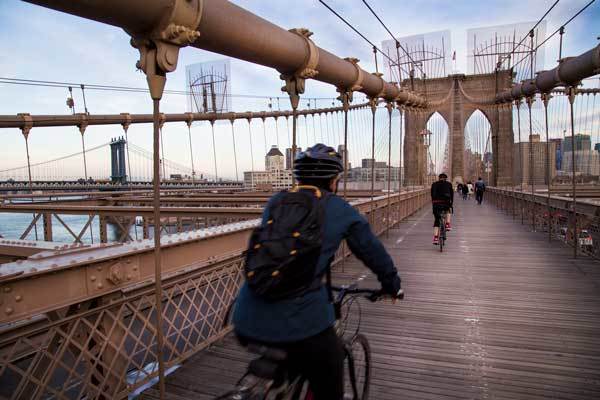
Develop a pattern of switching off the lead every few minutes as the lead person gets tired.
Even if you don’t have a partner, you can ride up behind another cyclist on the road and slingshot around them in a pass to achieve a similar, albeit brief, speed boost.
Fuel Up
You’ll be able to bike harder and keep your legs feeling good if your well-fueled before you get on the bike – and that means eating well beforehand.
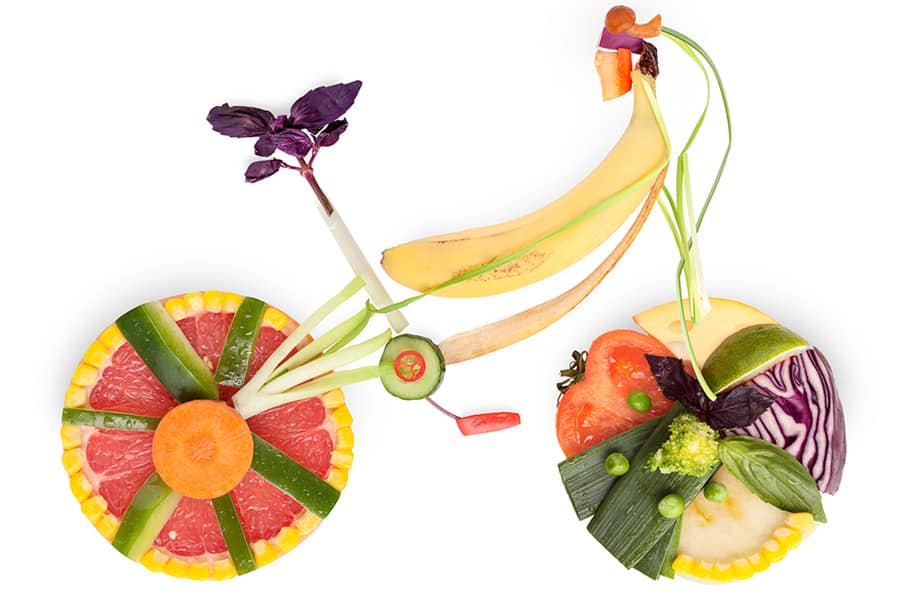
Professional cyclists aim for eating a carb-rich meal that digests easily about three hours before a hard ride, so there is plenty of time to digest, but you’re also not hungry halfway through the ride.
Try different foods to see what feels best on your stomach when you’re riding hard and bring an energy gel along just in case you’re hungrier than you thought.
Keep Yourself Injury-Free
If you’re planning to ride fast and hard and keep doing so for the foreseeable future, it’s essential that you spend a little extra time on either end of your commute to focus on injury prevention.
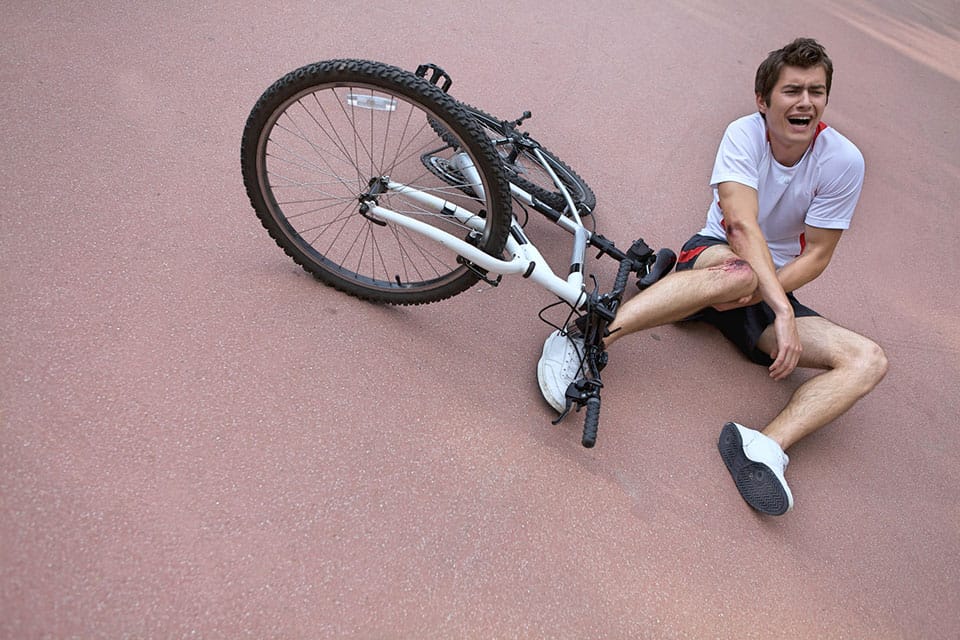
At the start of your ride, take a few minutes to pedal at an easy pace to settle into the ride and warm up your muscles.
Once you arrive at work or home, be sure to cool down, stretch out your muscles, and pull out the foam roller to address any nagging soreness.
A couple of days a week, consider doing yoga or more sets of stretches to keep your body flexible.
While your cycling commute can be an easy jaunt, you can also make the ride go by significantly faster by putting in some leg effort and making some changes to your equipment and riding style.
These tips and tricks will help you boost your speed so you can cut down the time it takes to get from your home to work and back each day.

